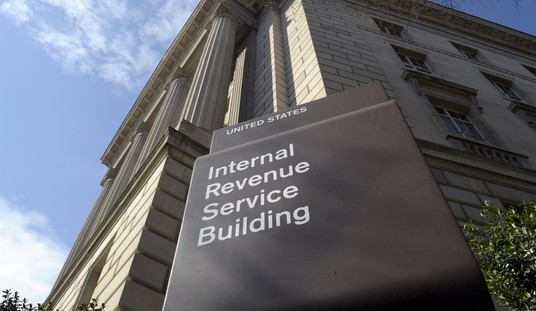“Disingenuous and misleading.” That’s how a researcher at the Allegheny Institute for Public Policy characterizes the American Lung Association’s continual misrepresentation of air quality in the greater Pittsburgh region.
“Why is such a large geographical area being labeled as having poor air quality because of three monitors situated in one location in the region?” asks Elizabeth Miller, a research associate at the Pittsburgh think tank (in Policy Brief Vol. 20, No. 22).
“ALA’s assertions are yet again suspect because examination of the data tells a different story,” she says.
The group’s latest annual “State of the Air” report, covering 2019, claims the metropolitan area encompassing Pittsburgh, New Castle, Pa., and Weirton, W.Va., worsened for ozone and, for the second straight year, worsened for particle pollution.
But a closer examination indicates ALA’s assertions are misrepresentative -- as a whole. The Allegheny Institute has, at least five times before, refuted the association’s claims. Yet again, the think tank says the group is complicit in “its misuse of data, methodology and attempts to falsely correlate health statistics with pollution levels.”
Recommended
The crux of the lung association’s continuing scientific malpractice rests with its smearing of a large geographical area – if not an invented metropolitan area – based on illusory problems.
The first recidivist misrepresentation involves the use of the Liberty Borough air monitoring station – situated near U.S. Steel’s Clairton Coke Works – to claim that the ALA-created region’s air has worsened.
The second is that the region’s air quality hasn’t grown worse but rather shown steady improvement over the years. In fact, it continually far exceeds air quality standards established by the U.S. Environmental Protection Agency.
To put that latter fact into better perspective locally, the EPA requires Allegheny County to follow its 2008 ozone standards. But the county last year also met the EPA’s more stringent 2015 standards. And despite the ALA’s claim, Allegheny County’s ozone numbers improved from 2018 to 2019.
As for ALA’s claims that the area has had more unhealthy days of high ozone, Allegheny County Health Department (ACHD) data prove otherwise. The county had zero “Ozone Exceedance Days” in 2019 versus 14 in 2018.
Furthermore, all counties in the real Pittsburgh Metropolitan Statistical Area (MSA) also exceed even the more stringent 2015 ozone standards.
“How can the entire Pittsburgh MSA, along with Weirton and New Castle, receive a ‘failing’ grade for ozone when every monitor in 2019 measured below the 2008 and 2015 EPA standard?” asks Miller.
“Usually meeting a stricter standard than required would indicate a favorable score but apparently not when ALA is doing the grading,” she adds.
Then there’s the EPA standard for particulate matter.
Eleven of Allegheny County’s 14 monitors were in compliance last year. And comparing the county’s particulate matter measurements from 2009 to 2019 demonstrates an impressive 20 percent reduction in particulate matter.
Additionally, all other Pittsburgh MSA counties demonstrated not merely continued adherence to the EPA’s standards but readings well below those standards.
Even in the invented ALA “region,” Weirton was in EPA compliance. And there are no monitors in Lawrence County, where New Castle is located.
“Labeling counties with no monitors as having poor air quality is overreach at its worst,” Miller says.
“The facts demonstrate the Pittsburgh MSA, Weirton and New Castle have made significant improvements in ozone levels and decreased particulate matter over the last decade and within the past year.
“The American Lung Association’s attempts to malign this success are disingenuous and misleading and ought to stop and should certainly not continue to be used to damage the region’s image,” Miller says.
Colin McNickle is communications and marketing director at the Allegheny Institute for Public Policy (cmcnickle@alleghenyinstitute.org).


